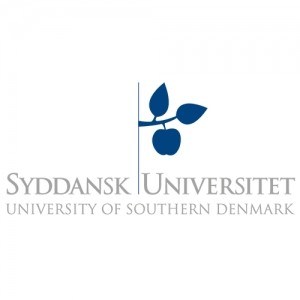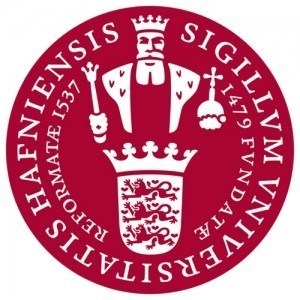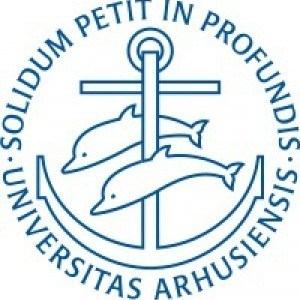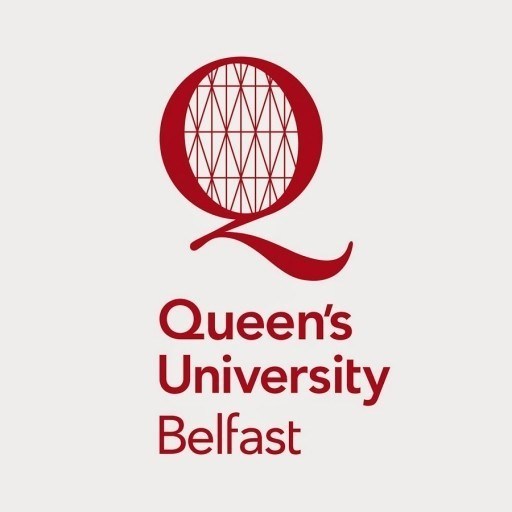Photos of university
The Bachelor's Programme in Engineering – Physics and Technology with specializations in Optics, Sensors, and Nanotechnology at the University of Southern Denmark offers students a comprehensive education at the intersection of physics, engineering, and innovative technology. This program aims to equip students with a deep understanding of fundamental physical principles while providing practical skills required to develop cutting-edge technological solutions. Throughout the program, students explore a wide range of topics including optics, sensor technology, nanomaterials, and their applications in various industries such as healthcare, telecommunications, renewable energy, and manufacturing.
The curriculum is designed to integrate theoretical knowledge with hands-on laboratory work, project-based learning, and industry collaborations, ensuring that graduates are well-prepared for careers in research and development, manufacturing, or further specialization through Master's studies. Students will study core subjects like classical and quantum physics, materials science, and electrical engineering, while also engaging with specialized courses in nanoengineering, optical systems, and sensor development. The program emphasizes innovation, problem-solving, and interdisciplinary collaboration, fostering an environment where students can develop unique solutions to real-world challenges.
In addition to technical expertise, the program cultivates skills in scientific communication, project management, and teamwork. Students have opportunities to participate in internships, industry projects, and international exchange programs, broadening their perspectives and networks. The program’s modern laboratories and research facilities enable students to work with advanced instruments and equipment used in optics, sensor production, and nanotechnology research.
Upon graduation, students will be equipped to pursue careers in high-tech industries, research institutions, or continue their education at the Master’s level. They will be capable of designing and analyzing optical and sensor systems, developing nanomaterials and nanodevices, and contributing to technological innovations that address contemporary societal needs. This program prepares graduates to be at the forefront of technological development, promoting sustainable and innovative solutions in various engineering fields.
The Engineering — Physics and Technology (Optics, Sensors and Nanotechnology) program at the University of Southern Denmark offers a comprehensive education that combines fundamental physics principles with advanced technological applications. This program is designed for students who are passionate about understanding the physical properties of materials and phenomena, and who aspire to develop innovative solutions in the fields of optics, sensors, and nanotechnology. Throughout the program, students gain a deep theoretical knowledge alongside practical skills necessary for designing, analyzing, and implementing cutting-edge technological systems.
The curriculum covers core areas such as classical and modern physics, optical physics, materials science, nanotechnology, and sensor technology. Students learn to characterize and manipulate light and other forms of electromagnetic radiation, which are critical skills for applications in telecommunications, medical imaging, and photonics. In addition, the program emphasizes the development and optimization of sensors used for environmental monitoring, industrial processes, and consumer electronics. Nanotechnology modules provide insights into the manipulation of materials at the atomic and molecular levels, enabling students to contribute to innovations in electronics, medicine, and energy.
Throughout their studies, students participate in laboratory work, project-based learning, and internships that offer real-world experience. These practical components are vital for understanding the complexities of designing and manufacturing technological solutions, often in interdisciplinary settings. The program also encourages students to engage in research projects, fostering critical thinking and problem-solving skills essential for scientific and technological advancements.
Graduates of the program are well-equipped for careers in research and development, engineering design, or entrepreneurship within high-tech industries. They may work in fields such as optical communications, sensor development, nanofabrication, or advanced materials. Furthermore, the program provides a strong foundation for those interested in pursuing postgraduate studies or research careers. With a focus on innovation, sustainability, and technological impact, the Engineering — Physics and Technology (Optics, Sensors and Nanotechnology) program aims to prepare students to become leaders in the development of future technologies that will shape the world.
Program requirements for the Bachelor's Degree in Engineering — Physics and Technology (Optics, Sensors and Nanotechnology) at the University of Southern Denmark typically include a combination of specific academic prerequisites, language proficiency, and other criteria. Applicants are generally required to have completed secondary education equivalent to Danish upper secondary school with a strong emphasis on mathematics, physics, and chemistry, reflecting the scientific foundation necessary for the program. A minimum grade point average may be specified, and proof of proficiency in English is mandatory, usually demonstrated through standardized tests such as TOEFL or IELTS, with minimum score requirements established by the university.
International students must also submit documentation confirming their eligibility and may need to fulfill visa and residence permit conditions depending on their country of origin. The program encourages applicants with strong analytical skills, a solid understanding of physical sciences, and an interest in innovative technologies related to optics, sensors, and nanotechnology. Additionally, some applicants might be required to participate in an interview or assessment center as part of the admission process.
The program may also prefer applicants who have completed coursework or have experience in laboratory work, programming, and instrumentation, given the practical orientation of the degree. It is important to note that admission is competitive, and meeting the minimum requirements does not guarantee acceptance. The university values diverse backgrounds and aims to admit students with demonstrated academic motivation and potential to succeed in the multidisciplinary environment of the program.
Once admitted, students are expected to meet the ongoing academic standards, including course-specific prerequisites and participation in lab projects, internships, or research activities integral to the curriculum. Overall, the program's entry requirements are designed to select candidates who show academic excellence and a strong commitment to developing advanced skills in optics, sensors, and nanotechnology within the broader fields of physics and engineering.
Financing for the Engineering — Physics and Technology (Optics, Sensors and Nanotechnology) program at the University of Southern Denmark is structured to facilitate accessibility and affordability for both domestic and international students. The program offers various funding options, including a combination of government grants, scholarships, and student loans, to support students throughout their academic journey. Danish students and students from EU/EEA countries generally benefit from lower tuition fees, with the possibility of applying for government-supported student grants and loans through the Danish State Education Grant and Loan Scheme (SU).
For non-EU/EEA international students, tuition fees are applicable, but various scholarship opportunities are available based on academic merit, financial need, or specific country agreements. The university often collaborates with external scholarship programs and international funding bodies to provide financial assistance to qualified students. International students are encouraged to explore external sources of funding, such as scholarships from their home countries, private foundations, or international organizations, to help cover tuition fees and living expenses.
Living expenses in Denmark are an important consideration and students are advised to budget accordingly. The university offers guidance on cost of living, which includes accommodation, food, transportation, and study materials. Many students choose to live in university dormitories or shared apartments, which are more affordable options, with costs typically ranging from 4,000 to 6,000 DKK per month. Students are also eligible to work part-time during their studies, which can help cover living costs. Danish regulations allow international students to work up to 20 hours per week during the semester and full-time during holidays, providing an additional source of income.
Students are encouraged to apply early for financial aid and scholarships, as competition can be intense. The university's international office provides support and information about funding opportunities, application procedures, and deadlines. Additionally, students may also explore private loans or sponsorships if needed. Overall, the financial structure aims to make high-quality education accessible while promoting financial planning and support systems that enhance student success and well-being throughout their studies.
The Engineering — Physics and Technology (Optics, Sensors and Nanotechnology) program at the University of Southern Denmark is an interdisciplinary program designed to prepare students for a wide range of careers in advanced technological fields. The curriculum incorporates principles of physics, engineering, and material sciences to develop expertise in the design, analysis, and application of optical systems, sensors, and nanotechnology devices. Students gain a comprehensive understanding of how light behaves, how to manipulate optical phenomena, and how to manufacture and utilize nanoscale materials and structures.
The program emphasizes practical skills alongside theoretical knowledge, with laboratory work, projects, and collaborations with industry playing a vital role. Students learn to develop innovative sensing technologies used in environmental monitoring, medical diagnostics, and industrial automation. The curriculum includes modules in electronics, programming, photonics, nanoengineering, and applied physics, providing a balanced foundation for technical innovation and research.
Graduates of this program are equipped to work in fields such as optical communication, biomedical sensors, nanofabrication, and research and development in high-tech companies. They can also pursue further academic careers through master's and PhD programs, specializing in optics, nanotechnology, or related disciplines. The program benefits from Denmark’s strong focus on innovation and sustainability, encouraging students to develop solutions to real-world problems using cutting-edge technology.
The teaching language is primarily English, attracting international students and faculty. The university provides a collaborative learning environment with modern laboratories and research facilities to foster hands-on learning experiences. The program duration is typically three years for a bachelor's degree, with options for advanced study at the master's level. Internships and industry projects are integrated into the curriculum to enhance practical skills and employability upon graduation, preparing students to contribute to technological advancement in various sectors globally.








